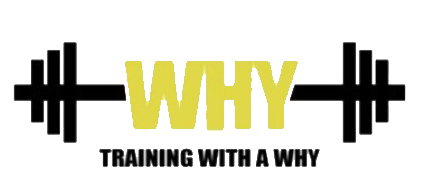When I explain a Turkish get-up to someone who has never seen it before they look at me sideways. I feel the need to clarify that I didn’t make this exercise up, and it indeed has been around forever. The question I often get is, “well, what the heck is this doing for me?” My answer is always “A lot.” I briefly mentioned the Turkish get-up in another article (here) because of its shoulder benefits, but it does so much more than that. The Turkish get-up is a staple of my program for athletes of any sport. Many coaches utilize it specifically for overhead athletes to strengthen the stabilizers of the shoulder but there isn’t an athlete on planet Earth that wouldn’t benefit from executing the get-up. My everyday clients learn the get-up because of its many health benefits. (Yes, simply learning how to get up off the ground is a great health benefit.) Although the get-up is not an exercise you normally see in a typical gym setting, I have come across quite a few people who have been taught it somewhere else, usually in CrossFit or some fitness class. Those clients, or better yet the trainers who taught them it, are the motivation behind writing this article. I have seen some interesting (a polite way to put it) Turkish get-up techniques that aren’t correct. Also, I believe the purpose of the exercise is commonly misidentified. I just don’t see the benefits of doing a set of high reps with light weight. So, let’s dive into how to execute a correct Turkish get-up.
Benefits (In no particular order)
- Strengthens shoulder stabilizers
- Creates tension throughout entire body
- Uses the core in a functional manner
- Kinetic chain improvement (Body moves as a system)
- Hip mobility
- Unilateral exercise (Fights to correct imbalances between right and left sides)
- Learn how to get up off the ground safely
How to Do It
- Lay flat on your back with the same side leg bent with foot flat on ground near glutes.
- Press kettlebell into the air safely using both hands.
- Take opposite arm away from kettlebell leaving the arm you’re using straight up in the air.
- Opposite arm and leg should be flat on ground and at an angle away from body.
- Push off bent leg and lean up at an angle onto opposite elbow. Elbow should be directly under shoulder. (Be sure not to execute a sit-up or crunch but lean at an angle)
- Go from leaning on opposite elbow to leaning on opposite hand locking out your elbow. Be sure that hand is directly under shoulder.
- Pushing off your bent leg and opposite hand lift your hips up as high as possible and at a slight angle.
- Swipe opposite leg underneath you so that your knee is resting on ground directly underneath your hip.
- Lift opposite arm off the ground so that you are now in a tall kneeling position.
- Stand up by pushing off bent leg.
- Begin the dissension by kneeling once again with opposite knee.
- Return opposite hand to the ground. Directly underneath your shoulder. (Do not lean back on heel, common mistake)
- Keeping hips high swipe opposite leg back through and straight so that it is again resting on ground.
- Drop hips to floor.
- Go from leaning on opposite hand to opposite elbow.
- Go from leaning on opposite elbow to flat on back.
- Safely bring kettlebell down to chest with both hands.
Tips
- When you are comfortable with the technique be sure to keep your eyes on the bell at all times. Your arm will want to follow your eyes so be sure not to let your eyes wander.
- Treat the bent leg like a kickstand on a bike. It’s helping hold you up. Be sure to push off that foot when going thru the steps.
- Be sure to have plenty of empty space around you when executing a get-up with weight. If you lose control of your arm and the bell simply let the bell fall to the ground and start over. Don’t try to regain control of your arm. You will never win that battle.
Can’t play video? Click here: Turkish Get Ups
Recommendations
- Practice this at first by using only bodyweight. (Make a fist in the hand that would normally hold the kettlebell)
- I stay to low reps, usually only 1 rep per side. The reasoning behind this is that if you can perform multiple reps then you are using too light of a weight. Using a light weight will not allow you to reap the full benefits that a more challenging weight will.
- Add this exercise into your routine if you are trying to strengthen weak, unstable shoulders, if you are an athlete, or if you are just looking for a fun and challenging exercise.
As always, thanks for reading and be sure to support the site by subscribing with your email. Thanks!


